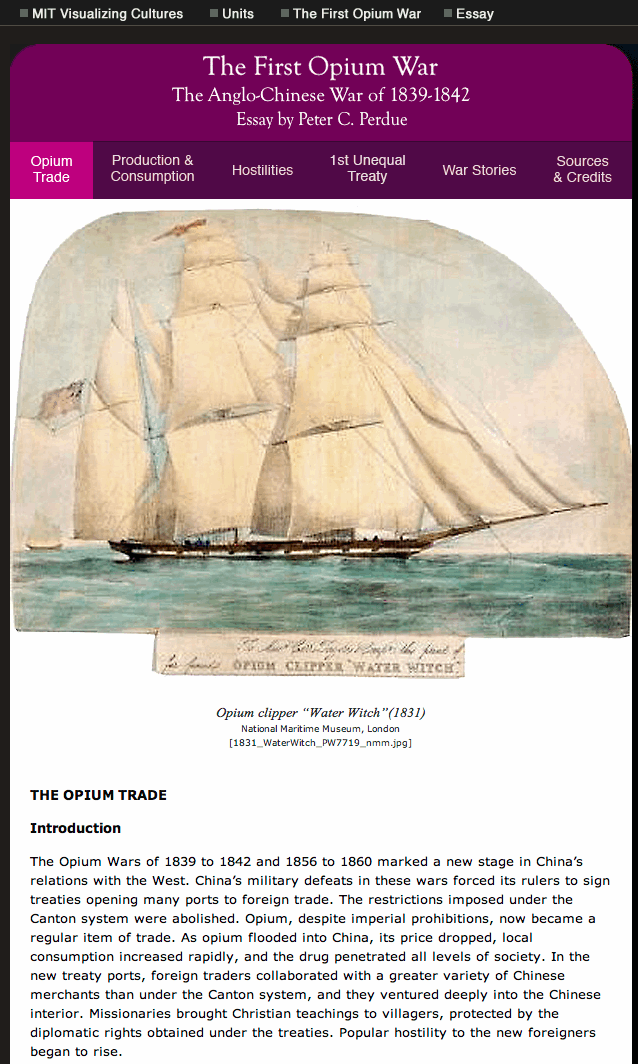|
|
||
|
|
||
|
|
|
|
Andy, please add the #s
and formatting per Lillian’s
Word document




ENDNOTES
NOTES, CHAPTER 1
The major sources for the European palaces used in this essay are Malone,
Carroll Brown. History of the Summer Palaces under the Ch’ing Dynasty. Urbana: University of Illinois, 1934; Wong, Young-tsu. A Paradise
Lost: The Imperial Garden Yuanming Yuan. Honolulu: University of Hawai’i Press, 2001; and Strassberg, Richard E., “War and Peace: Four Intercultural Landscapes,” in China on Paper: European and Chinese Works from the Late Sixteenth to the Early
Nineteenth Century, ed by Marcia Reed and Paola Demattè (Los Angeles: The Getty Research Institute, 2007), pp. 88-137. The quotation in this section is from Beurdeley, Cecile and Michel.
Giuseppi Castiglione: A Jesuit Painter at the Court of the Chinese Emperor.
Transl. Michael Bullock. Rutland, Vt., and Tokyo: Charles E. Tuttle Co., 1971,
p. 68, as cited by Wong, 60.
Strassberg, 120
Malone, 141
Strassberg, 107
Strassberg, 109
Quoted in Malone, 160
Isabelle Landry-Deron, “Portraits croisés Kangxi et Louis XIV,” in Kangxi, Empereur de Chine, 1662-1722: La Cité interdite à Versailles, Musée national du chateau de Versailles, 27 janvier-9 mai 2004. Réunion des musées nationaux, Paris 2004. Pp. 59-63. Other essays in this catalog document the
fascinating cultural exchange between these two monarchs.
This album is discussed in China: The Three Emperors, 1662-1795. Ed. by Evelyn S. Rawski and Jessica Rawson. London: Royal Academy of the Arts,
2005. Pp. 429-30.
This painting is discussed in China: The Three Emperors, 1662-1795. Ed. by Evelyn S. Rawski and Jessica Rawson. London: Royal Academy of the Arts,
2005. p. 405.
This painting is reproduced and discussed in Worshiping the Ancestors: Chinese
Commemorative Portraits. Ed by Jan Stuart and Evelyn S. Rawski. Washington
D.C.: Smithsonian Institution, 2001, p. 122. In a recent exhibition of this painting (seen December 3, 2011), the Sackler Gallery states, “This portrait may reflect the young prince’s 1752 appointment as the head of the Imperial Workshops, which were engaged at
the time in planning the new palaces.”
Strassberg, 120.
NOTES, CHAPTER 2
Strassberg 109
Strassberg, 120.
Wong, 63.
Malone 147. Wong 61.
Wong 63
Malone, 149-154.
Malone, 155.
Malone, 155
Malone 155-6.
Wong 64-5. An apparent typographical error mistakes Louis XVI for Louis XV.
Wong, 64.
Malone 159.
Malone, 159.
NOTES, CHAPTER 3
Malone, pp. 109-22.
Harris, David. Of Battle and Beauty: Felice Beato’s Photographs of China. Santa Barbara: Santa Barbara Museum of Art, 1999. Pp
150-52. This is also the source for the captions below. See also Thiriez, Régine, Barbarian Lenses: Western Photographers of the Qianlong Emperor’s European Palaces. Amsterdam: Gordon and Breach, 1998, p. 9, who believes that
one or two of these photos could in fact have been taken within the
Yuanmingyuan itself.
Qianlong yupin Yuanmingyuan 乾隆御品圓明園 (Qianlong’s Imperial treasure Yuanmingyuan), ed. by Guo Daiheng 郭黛姮. Hangzhou: Zhejiang guji chubanshe, 2007. Pp.145-46 shows the original Yangshi
Lei architectural drawing, an early twentieth-century photograph, and a recent
photograph. Malone, p. 115, has a photograph, undated, of another glazed tile
pagoda at Wanshoushan: “The very precious glazed tile pagao bult by Ch’ien Lung on the north slope of Wan Shou Shan.”
Harris, p. 150.
Harris, p. 151
Harris, p. 151
Harris, pp. 151-52.
On October 18th, Montauban expressed shock and regret at the incineration. “I’ve just been informed…that all the magnificent pagodas, whose marvelous workmanship I had admired are
at this moment the victim of flames: a vengeance unworthy of a civilized nation
because it destroys the admirable objects that have been respected for several
centuries.” Quoted in Thomas, Greg M. “The Looting of Yuanming and the Translation of Chinese Art in Europe,” Nineteenth-Century Art Worldwide: A Journal of Nineteenth-Century Visual
Culture, Vol 7, Issue 2, Autumn 2008, p. 19.
http://www.19thc-artworldwide.org/index.php/autumn08/93-the-looting-of-yuanming-and-the-translation-of-chinese-art-in-europe
The above account is taken from Li, Lillian M., Alison J. Dray-Novey, and Haili
Kong. Beijing: From Imperial Capital to Olympic City. New York: Palgrave
Macmillan, 2007, pp. 107-111, which in turn is based on Hevia, James L. English
Lessons: The Pedagogy of Imperialism in Nineteenth-Century China. Durham and
London: Duke University Press, 2003, Ch. 2.
Frederick Stephenson, At Home and On the Battlefield (London, 1915), 272-273,
quoted in Hevia, p. 79.
D. C. Boulger, The Life of Gordon (London, 1897), 45-46, as quoted in Malone,
187-88.
NOTES, CHAPTER 4
Hevia 94-95.
Thomas, Greg M. provides an outstanding discussion of the multiple cultural
meanings of this nineteenth-century European Orientalism, in “The Looting of Yuanming and the Translation of Chinese Art in Europe,” Nineteenth-Century Art Worldwide: A Journal of Nineteenth-Century Visual
Culture, Vol 7, Issue 2, Autumn 2008.
http://www.19thc-artworldwide.org/index.php/autumn08/93-the-looting-of-yuanming-and-the-translation-of-chinese-art-in-europe
The website of the Poly Art Museum states: “Poly Art Museum was founded in December 1998 with the approval of State
Administration of Cultural Heritage of China and Beijing Cultural Relics Bureau
and opened to public in December 1999. It is the first museum operated by a
state-owned enterprise in the Chinese mainland. The aim of the museum is to
develop and display traditional national culture and art, and to rescue and
protect Chinese cultural relics lost abroad.” http://www.polypm.com.cn/english/bwge.php
NOTES, CHAPTER 5
Wong, p. 115.
Thiriez, Régine. Barbarian Lenses: Western Photographers of the Qianlong Emperor’s European Palaces. Amsterdam: Gordon and Breach, 1998.
On Piry, see Thiriez, pp. 93-101.
|
previous | next
|





